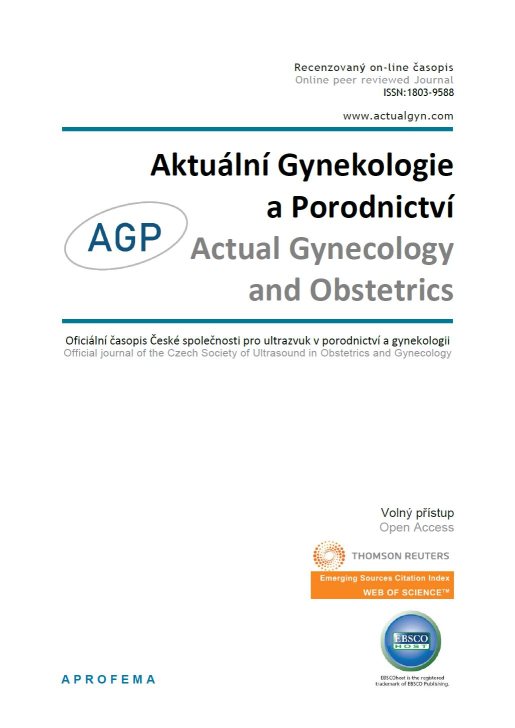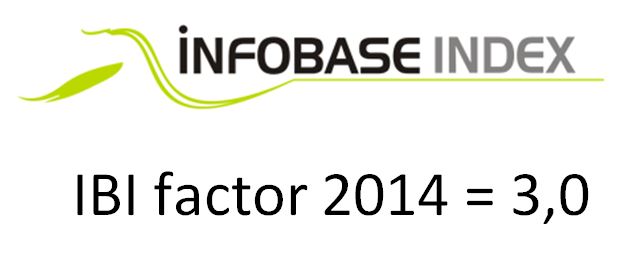Abstrakt
Introduction: Idiopathic vulvodynia is a chronic pain syndrome affecting the vulvar area. It severely affects quality of life. Chronic perineal muscle hypoxia may contribute to persistent pain that is refractory to conventional treatments. In our previous study on acute pain syndrome dyspareunia, we found significantly low pulse oximetry levels in the perigenital area of afflicted women.
Aims: Our intention was to compare pulse oximetry saturation (SpO2) in women affected by vulvodynia with healthy individuals.
Design: A retrospective study design was adopted.
Participants: The study included 62 participants, with 31 women in the treatment group and 31 in the control group. The participants were women who participated in our previous study on vulvodynia.
Methods: Participants were measured for SpO2 during their regular examinations. The measurement was performed in the perigenital area, specifically the posterior commissure and the spongiosus muscle.
Results: The median SpO2 was 90% in the treatment group and 92% in the controls. This difference was statistically significant (p < .001). The sample size was statistically adequate.
Discussion: We observed clinically significant decreased levels of SpO2 in women with idiopathic chronic vulvodynia compared to healthy controls. This comparison highlighted significant hypoxia in the perigenital muscles and the perimuscular area (p < .001).
These findings enhance our understanding of chronic vulvodynia and may inform treatment strategies.
Key words: vulvodynia, pulse oximetry, hypoxia, ischemia, chronic pelvic pain syndrome, shock wave therapy












 Official publication of the Czech Society of Ultrasound in Obstetrics and Gynecology.
Official publication of the Czech Society of Ultrasound in Obstetrics and Gynecology.
